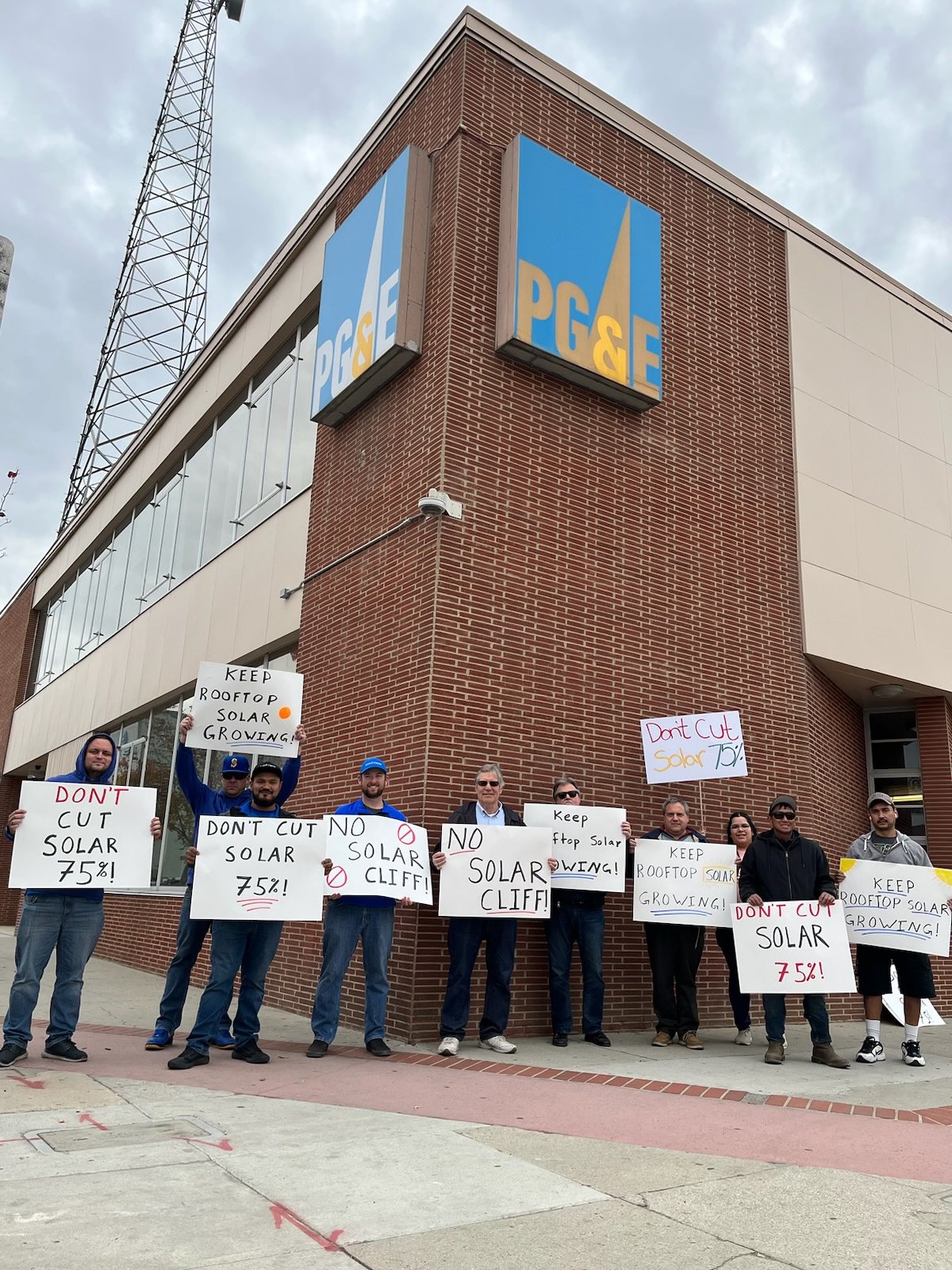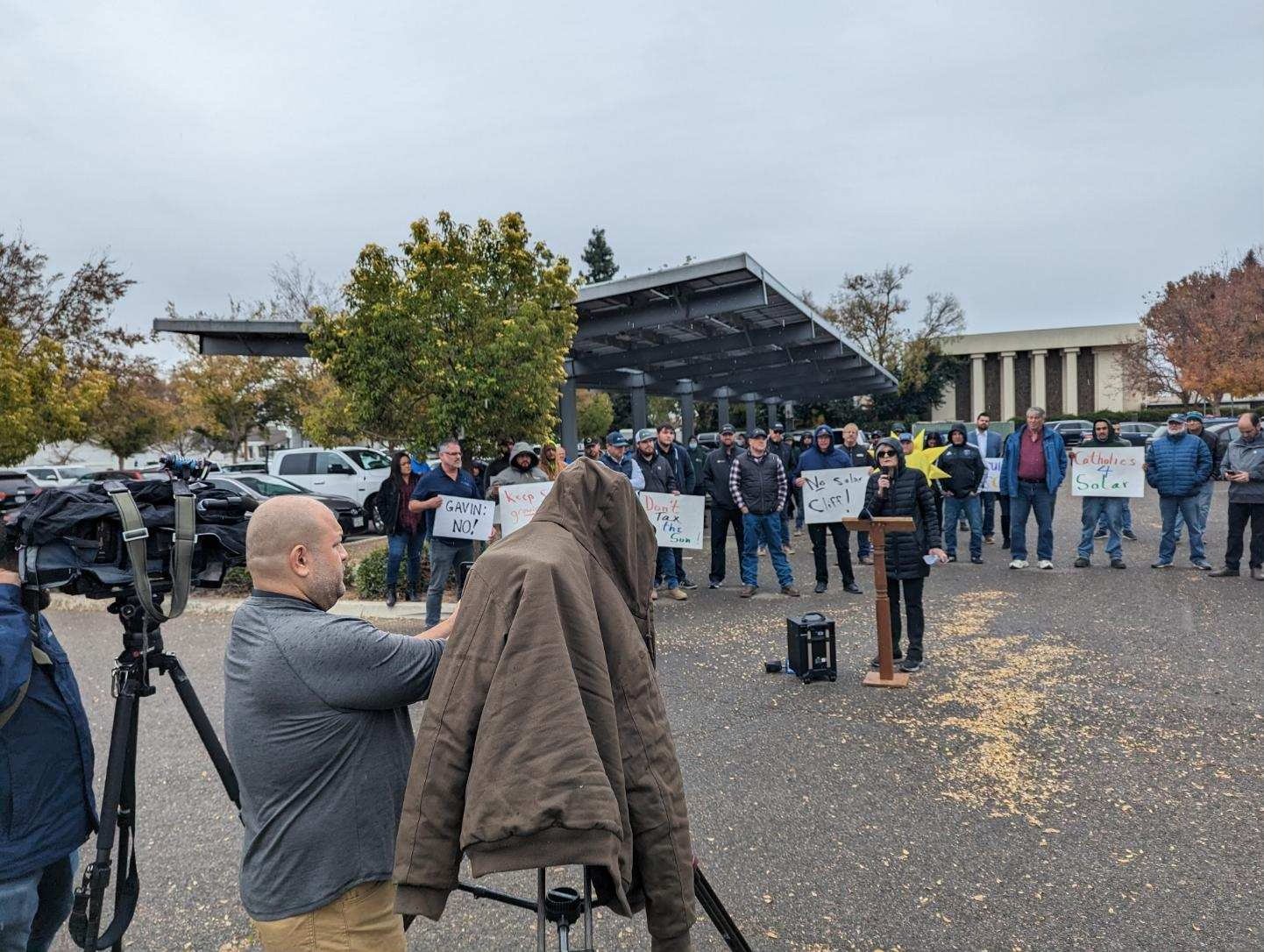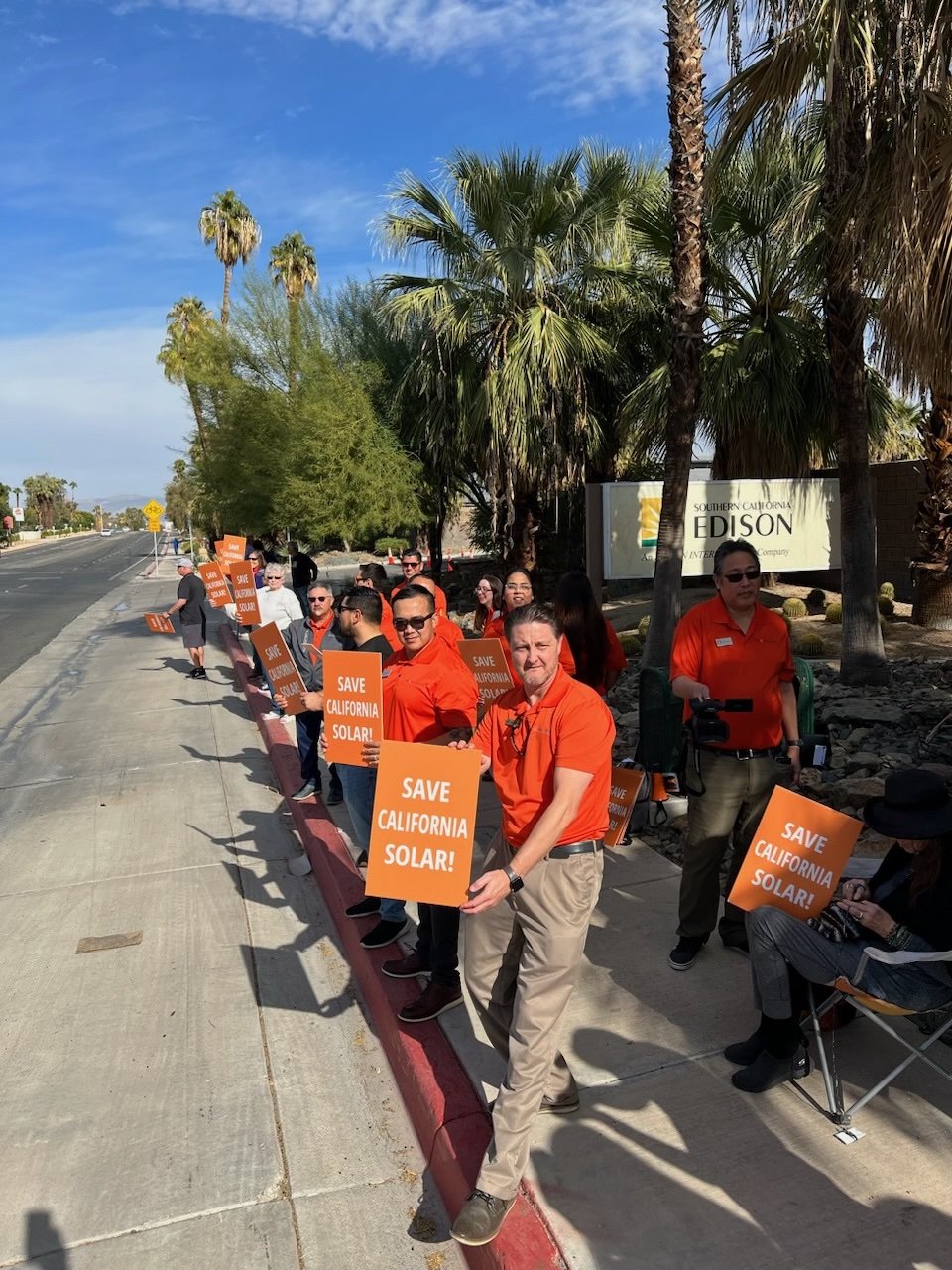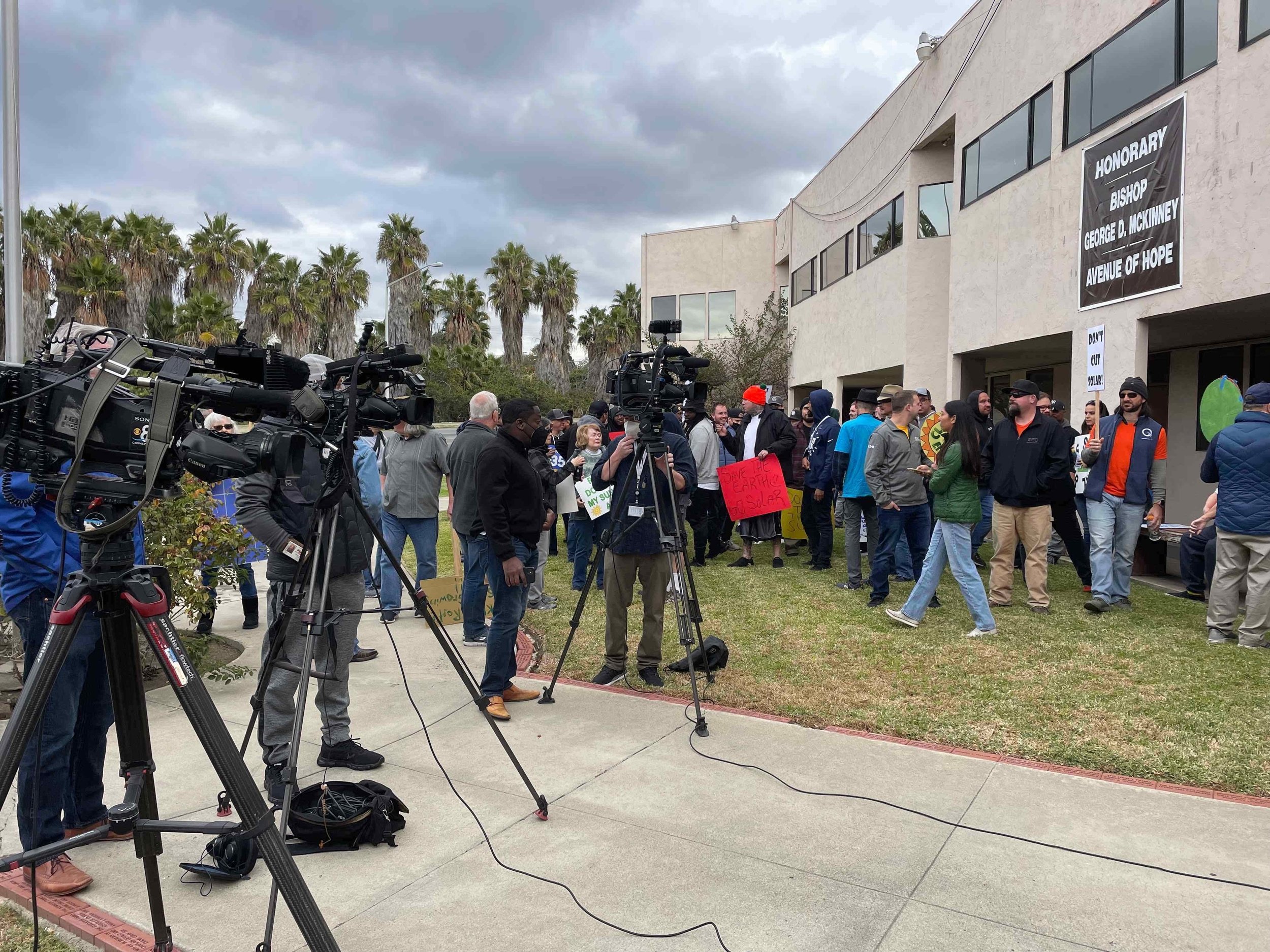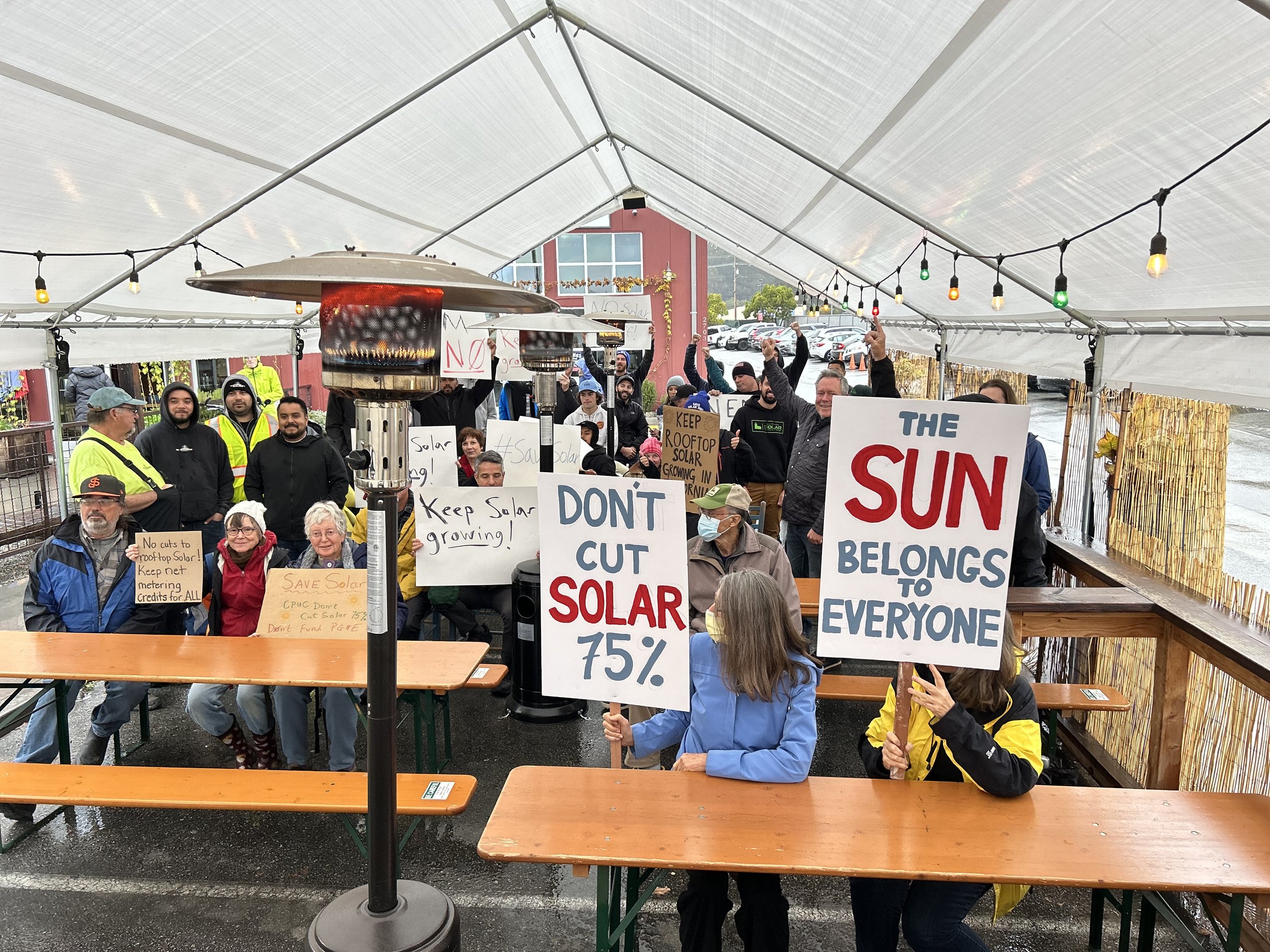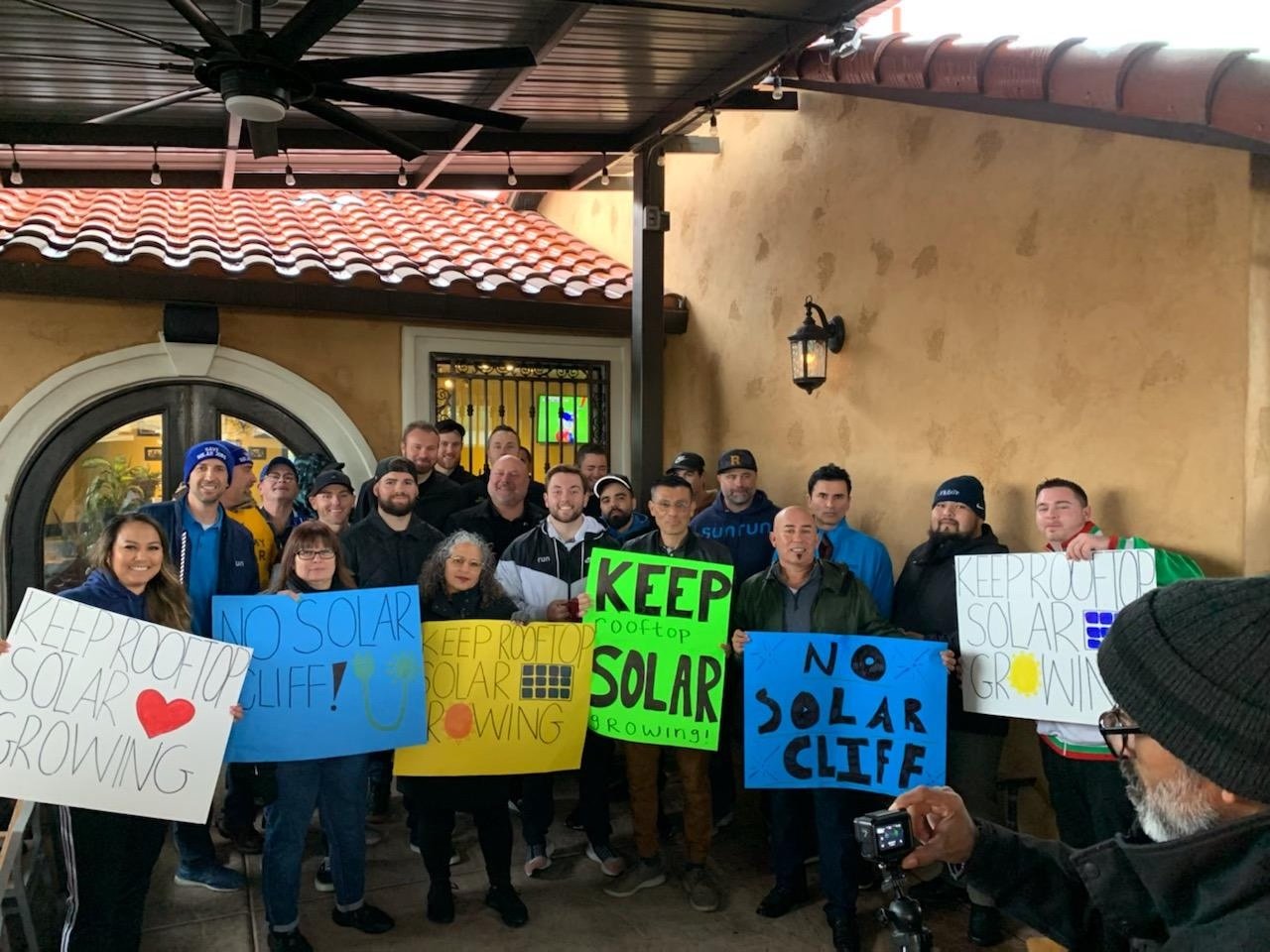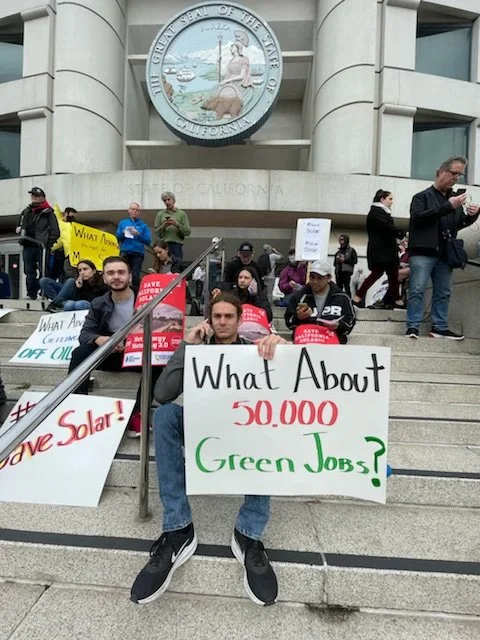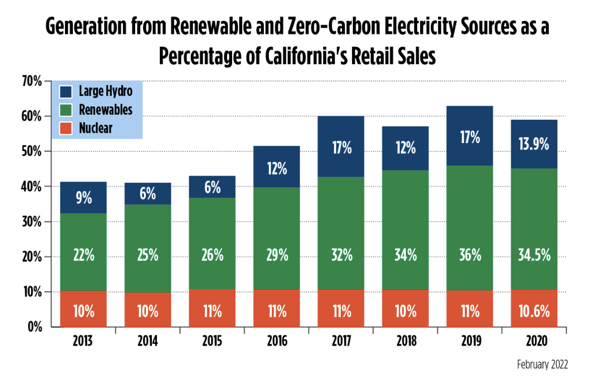This week’s record-breaking heat wave stressed California’s electric grid but, once again, distributed customer-sited batteries, charged up by solar panels, helped keep the lights on.
An analysis by the California Solar and Storage Association (CALSSA) shows that California had more than 80,000 customer-sited batteries connected to the electric grid capable of providing 900 MW of solar power.
While not all the batteries were set to discharge during the peak hours of 4pm-9pm on September 6, an estimated 76% were, which as a fleet, were capable of providing up to 684 MW of power at any given moment. We estimate that 50% of these batteries’ aggregate power was put into use during peak hours, providing approximately 340 MW of power. To put this into perspective, a mid-sized natural gas power plant is 250 MW.
When California suffered rolling blackouts in August 2020, California had 30,000 distributed batteries with the potential to discharge 500 MW of power. In just two years, 50,000 consumers added 400 MW of clean sun-charged battery power. The current 900 MW of distributed batteries in California is nearly the size of Diablo Canyon’s Unit 1.
“The biggest battery in the world is located in garages around California and they are helping keep the lights on for everyone,” said Bernadette Del Chiaro, CALSSA executive director. “While it goes largely unrecognized by utilities and grid operators, these consumer investments in clean energy played a crucial role during this week’s heat wave helping keep the lights on not just for the homeowners and businesses who made the investment but for everyone.”
Consumer batteries charged by on-site solar panels can be pre-programmed to discharge at set times and on set days. The most common setting is for the battery to charge up in the morning, as soon as the solar panels start to generate electricity, and then discharge starting at 4pm, 5pm or 6pm depending on local utility rates and consumer settings. Once discharging, the batteries cover on-site load, helping relieve strain on the grid, or in the case of a net metered battery, can export power to a neighbor.
“Solar and storage homes and businesses are like Flex Alert superheroes. They not only reduce strain on the grid, they can go a step further and share surplus electrons with their neighbors,” said Del Chiaro.
CALSSA estimates that California utilities, purchasing electricity on the spot market on Tuesday, spent an extra $450 million compared to a “normal” hot day the previous week. $450 million spent on consumer batteries instead would be an investment in a resource that lasts 10-15 years, as opposed to one day.
Programs that operate distributed behind-the-meter batteries like a virtual power plant, dispatching an aggregated fleet of small batteries on command, pinpointed to the exact time and location where the grid needs the electricity most, have also been proven effective. Several companies have fleets of these batteries located on customer properties and enrolled in programs such as the Emergency Load Reduction Program (ELRP). Tesla, for example, had 4,500 consumer batteries that, in the aggregate, discharged 32 MW during peak hours on September 6, 2022.
Pilot programs like these are proof that customer-sited batteries can be relied upon during grid emergencies, a concern utilities and grid-operators often cite as a reason to not support policies to deploy more of them.
“As our electricity needs grow, California should encourage consumers to build sun-charged batteries everywhere,” said Del Chiaro. “The instinct of the utility is to keep everything under their control and limited it to what they need today instead of planning ahead and riding the wave of the future.”
CALSSA is calling on policy makers and regulators to recognize the enormous value and potential of distributed customer-sited sun-charged batteries and amplify various policy tools to accelerate their adoption. First and foremost, CALSSA continues its call on the California Public Utilities Commission (CPUC) to not tax solar panels and the batteries they charge via the so-called “NEM-3” decision and to ensure a smooth transition to an all solar battery future.
“We have built 1.5 million solar roofs to date,” said Del Chiaro. “Our next horizon is to build 1.5 million sun-charged batteries. We can get there with policies that work with consumers, not against them. Distributed solar and storage may not fit neatly into the investor-owned utility business model but, frankly, rolling blackouts, or even just the threat of them, don’t fit the California economy.”

